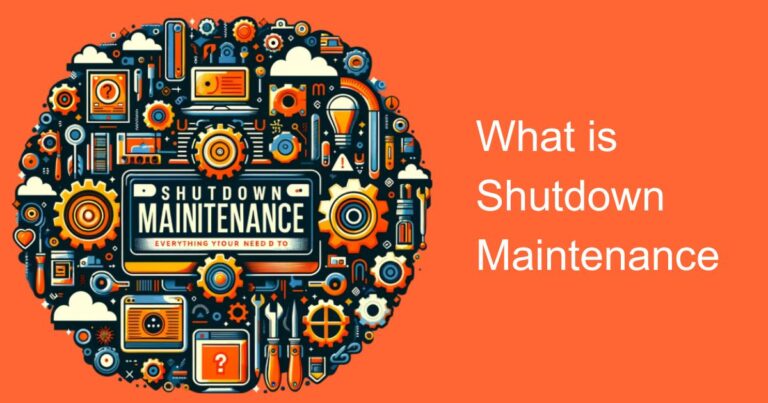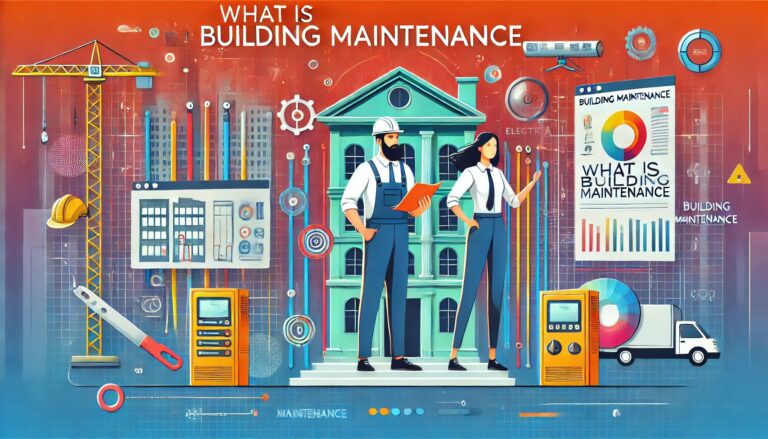Maintenance plays a crucial role in ensuring the longevity of assets and equipment, especially in industries such as manufacturing, oil and gas, and construction. With the increasing demand for cost-effectiveness and productivity, maintenance has become a significant factor in the operations of any industry. Lean Maintenance, a concept derived from the Toyota Production System, has emerged as an effective tool for optimizing maintenance processes and improving asset uptime.
In the Indian context, where there is a vast potential for growth in manufacturing and infrastructure, Lean Maintenance can play a crucial role in achieving sustainable and efficient operations. According to a study by Frost and Sullivan, the Indian maintenance, repair, and overhaul (MRO) industry is expected to grow at a compound annual growth rate (CAGR) of 7.4% by 2022, with the market size reaching USD 21.3 billion. Adopting Lean Maintenance practices can help Indian industries maximize their potential and reduce costs, thereby increasing their competitiveness in the global market.
So, what is Lean Maintenance, and how can it help improve asset uptime?
Lean Maintenance is a philosophy that focuses on reducing waste and increasing efficiency in maintenance processes. It aims to identify and eliminate non-value-added activities that consume resources but do not contribute to the maintenance of assets. By eliminating waste, Lean Maintenance can reduce costs, improve quality, and increase asset uptime.
The following are some of the ways in which Lean Maintenance can help improve asset uptime:
1. Predictive Maintenance
Traditional maintenance practices rely on scheduled maintenance or reactive maintenance, where maintenance is performed either at fixed intervals or when a failure occurs. In contrast, Lean Maintenance emphasizes predictive maintenance, where maintenance is based on data-driven analysis and monitoring of equipment performance. This approach allows maintenance teams to detect potential issues before they become critical and perform maintenance proactively, reducing downtime and increasing asset uptime.
2. Standardization
Lean Maintenance focuses on standardizing maintenance processes, procedures, and equipment. This standardization allows maintenance teams to identify issues quickly and perform maintenance efficiently. By reducing the variability in maintenance processes, Lean Maintenance can help reduce errors, improve quality, and increase asset uptime.
3. Continuous Improvement
Lean Maintenance emphasizes continuous improvement, where maintenance teams constantly seek to improve maintenance processes and procedures. By analyzing data and monitoring performance, maintenance teams can identify areas for improvement and implement changes to optimize maintenance processes. This approach helps reduce waste, increase efficiency, and improve asset uptime.
4. Training and Development
Lean Maintenance emphasizes the importance of training and development for maintenance teams. By investing in training and development, maintenance teams can improve their skills and knowledge, enabling them to perform maintenance more efficiently and effectively. This approach can help reduce errors, improve quality, and increase asset uptime.
5. Collaboration and Communication
Lean Maintenance emphasizes collaboration and communication between maintenance teams, operators, and other stakeholders. By working together, teams can identify issues and implement solutions more quickly, reducing downtime and increasing asset uptime. This approach also helps promote a culture of continuous improvement, where teams are encouraged to share knowledge and best practices.
In conclusion, Lean Maintenance can help Indian industries improve asset uptime, reduce costs, and increase efficiency. By adopting Lean Maintenance practices, industries can optimize maintenance processes, improve quality, and achieve sustainable operations. With the Indian MRO industry expected to grow rapidly in the coming years, Lean Maintenance can play a crucial role in ensuring the competitiveness and success of Indian industries.








